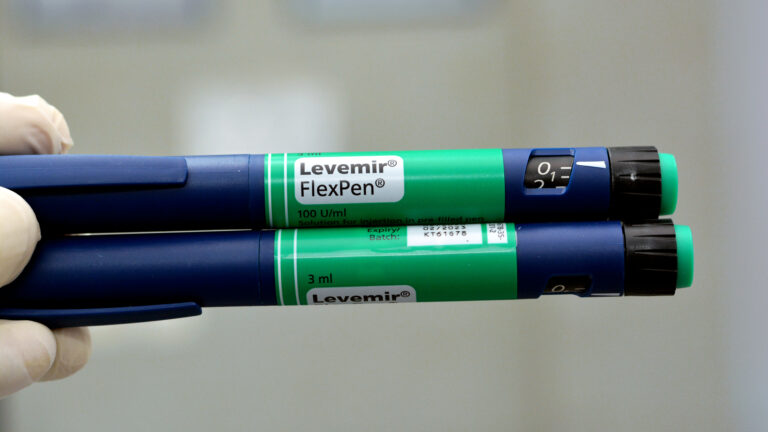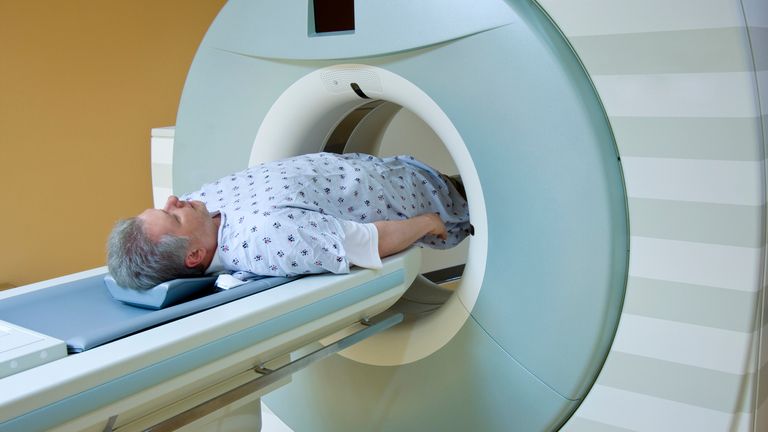
Physicians Frederick Banting and John MacLeod declined to be listed on the patent for insulin in 1923; their co-inventors Charles Best and James Collip sold the patent to the University of Toronto for $1. But despite the discoverers’ efforts to make insulin available and cheap for everyone, it has today become the poster child for soaring pharmaceutical prices.
According to Yale researchers, 14% Americans who need insulin to control their diabetes spend more than 40% of their post-subsistence income (what is available after paying for food and housing) on the drug. Many avoid or ration their treatment because of the high cost. In a 2018 survey, 45% of respondents managing diabetes reported having intentionally foregone insulin treatment for a period because of the financial burden. Each new generation of insulin products has been marked by an increase in price.
How it is possible that a medicine that costs only a few dollars to make could command such high prices? In other industries, if a company is charging too much for its product, other companies enter the market to compete on price. But even after protections expire, pharmaceutical companies have developed strategic behaviors to block competition, keeping prices high.
One strategy is discontinuing “old” drugs.
The impact of drug discontinuation
To discontinue a drug, a company must notify the FDA that it will no longer make it. If the drugs has been discontinued for business reasons — reasons other than problems with safety or effectiveness — discontinuation focuses consumers on the latest and greatest version, which was recently the case with Novo Nordisk and its basal insulin Levemir, as Elaine Chen reported for STAT. And that can be pricey.
Take the iPhone. Consumers who want the latest version can buy the iPhone 15 Pro Max, which features five cameras and telephoto zoom-in capacity, a USB-C connector instead of a lightning port, and enough battery life to watch 29 hours of video. Oh, and military-grade drop protection. The cost is roughly $1,100.
Consumers who don’t want all that can still buy a new iPhone 13 for half the price. On a more limited budget? You can buy a new iPhone 8 from Amazon for almost 90% less than the latest version.
The scenario with insulin, however, is quite different.
Research my colleagues and I have done over the past five years shows that a large number of insulin products have been discontinued. As I wrote recently in the Journal of Law and the Biosciences, a staggering 62 such products are listed in the FDA’s Orange Book, going back to drugs approved as early as 1966. Not a single one of these insulin products was discontinued for reasons of safety or effectiveness.
When there are willing buyers and willing sellers of clinically effective products with expired patents, the system should facilitate access to those products. This is particularly important because, in the case of insulin, discontinued products were consistently less expensive than the products that followed them, although the discontinued and revised products had clinically comparable outcomes for the majority of patients.
To be sure, newer products can offer important advances in production and delivery systems. But older technologies can give consumers better choices. Take, for example, the new “smart” insulin pens that several companies now produce. They have built-in apps that track insulin doses and provide alerts to a cellphone or smartwatch. This can help people calculate the dose they need at the time. But for individuals with constrained budgets, or for older people who find the app confusing, an app-based insulin device may not be worth the money.
Several generations of insulin
Through the 1970s, the only form of insulin available was animal insulin, mainly extracted from the pancreases of cows and pigs. In 1982, the FDA approved the first “human insulin” product, Humulin, made by using recombinant DNA to create bacteria capable of producing human insulin.
To some extent, convincing consumers to switch to this new formulation was the product of clever marketing. Who wouldn’t choose “human insulin” over “animal insulin”? If the new product had been described as “bacteria-derived insulin,” people might have been less quick to switch, particularly given the higher prices.
The next wave, insulin analogs, began emerging in the mid-1990s. An insulin analog begins with genetically engineered human insulin, which is then modified to more closely resemble insulin produced by the human body. The actual benefits of changing from human insulin to insulin analogs are disputed, particularly for people with type 2 diabetes (which includes most people in the U.S. who use insulin).
Discontinuation is a shared theme across all categories of insulin products, particularly in the U.S. More human insulin products have been discontinued (16) than currently remain on the market (10). With insulin analogs, the currently dominant category, the most striking factor is that nearly 90% of the insulin analogs that have been completely discontinued in the U.S. remain available in Europe.
To evaluate the effect of discontinuations on the price of insulin, I analyzed all Medicare Part D claims of 1 million beneficiaries for four insulin analog products that were discontinued and replaced by newer products between 2006 and 2018. The prices were paid by Medicare plans on behalf of beneficiaries managing diabetes. In all four cases, discontinuation with replacement was followed by a steep rise in price.
Specifically, three Humalog pens were discontinued in 2012, followed soon by three replacement products. Over the following six years, the average price of a Humalog pen rose by a remarkable 120%. Similarly, one Levemir pen was discontinued in 2016, a few years after the approval of a replacement product, which launched at a higher price. By 2018, the replacement pen was priced at double the cost of the prior Levemir pen when the replacement was approved.
The effects of drug discontinuation on competition
Discontinuing products makes it more difficult for competitors to enter the market.
With restricted competition in the insulin space, prices that should have fallen over time have risen instead. Current attempts to constrain these prices fall seriously short of what competition from generic versions of trailing-edge insulin products might achieve.
Biologic drugs like insulin, which are produced using living cells, are far more complex and difficult to replicate than their simpler cousins, small-molecule drugs. Although follow-on copies of biologic drugs, known as biosimilars, are allowed to use the brand drug’s safety and effectiveness data, the greater complexity prompts the need for at least some additional testing. Specifically, the FDA approval system for biosimilars requires that a biosimilar company run additional tests to prove the drug is sufficiently biosimilar or interchangeable with the brand drug. The biosimilar company needs quantities of the brand drug to run these comparison studies. So if a brand company fully replaces an older drug and withdraws the old drug from the market, biosimilar versions of the old drug will have trouble ever gaining approval.
Are we making progress?
In spite of the barriers to competition in the insulin market, several developments in the past few years have moved in the direction of affordable insulin. Beginning in January 2023, the out-of-pocket cost of insulin has been capped at $35 for a one-month supply for people covered by Medicare. And in March of 2023, Eli Lilly announced a similar $35 out-of-pocket cap for individuals with commercial insurance and for uninsured patients, which was soon followed by Novo Nordisk and Sanofi, the other two dominant players in the insulin market. Finally, the state of California continues to work toward introducing state-produced insulin that may be even less expensive. All of this is good news for people who need insulin.
But given that the cost of producing a month’s supply of insulin is only a few dollars, these efforts fall short of competitive pricing. The entry of trailing-edge biosimilar products would help.






